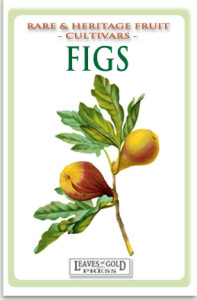 Apples & Onions
Apples & Onions
… with natural antihistamines?
Quercetin, a compound found in many plants, is a flavonoid and an antioxidant with many valuable properties. It’s readily available in natural foods, especially apples and onions.
- Quercetin is an antioxidant, and may promote good health by decreasing or even helping to prevent some of the damage free radicals do to our bodies.
- It may help guard against heart disease and cancer.
- It is thought to have anti-inflammatory properties.
- In addition, quercetin may have an antihistamine effect by aiding in the stabilization of histamine-releasing cells in our bodies.
In laboratory tests, quercetin stops immune cells from releasing histamine. If this mechanism also works in living humans, then quercetin would be a valuable aid in reducing symptoms of allergies such as –
- itchy skin
- runny nose
- watery eyes
- hives
- sneezing
- wheezing, shortness of breath
Quercetin can be bought in the form of a dietary supplement (capsules, pills etc.). In the form of supplements it is generally considered safe, however the University of Maryland cautions people against taking more than the recommended dose. It is possible to harm your health by overdosing on quercetin supplements, but it’s unlikely you could eat enough apples or onions to cause any problems!
You can eat apples and onions raw or cooked – you’ll still get the benefits of quercetin. Cooking can change the levels of quercetin in foods, but not enough to worry about. For example, in a study on onions, “Baking and sautéing produced a 7–25% gain in quercetin concentration, while boiling produced an 18% decrease in quercetin concentration.”
So grab an apple now, or slice up an onion for a salad, and enjoy crunching on a nutritious fruit or vegetable that may help reduce your histamine intolerance symptoms!
References:
[Journal of Food Composition and Analysis, Volume 18, Issue 6, September 2005, Pages 571–581 Quercetin in onion (Allium cepa L.) after heat-treatment simulating home preparation. Kevin Lombard, Ellen Peffley, Emanuel Geoffriau, Leslie Thompson, Andy Herring. http://dx.doi.org/10.1016/j.jfca.2004.03.027]



